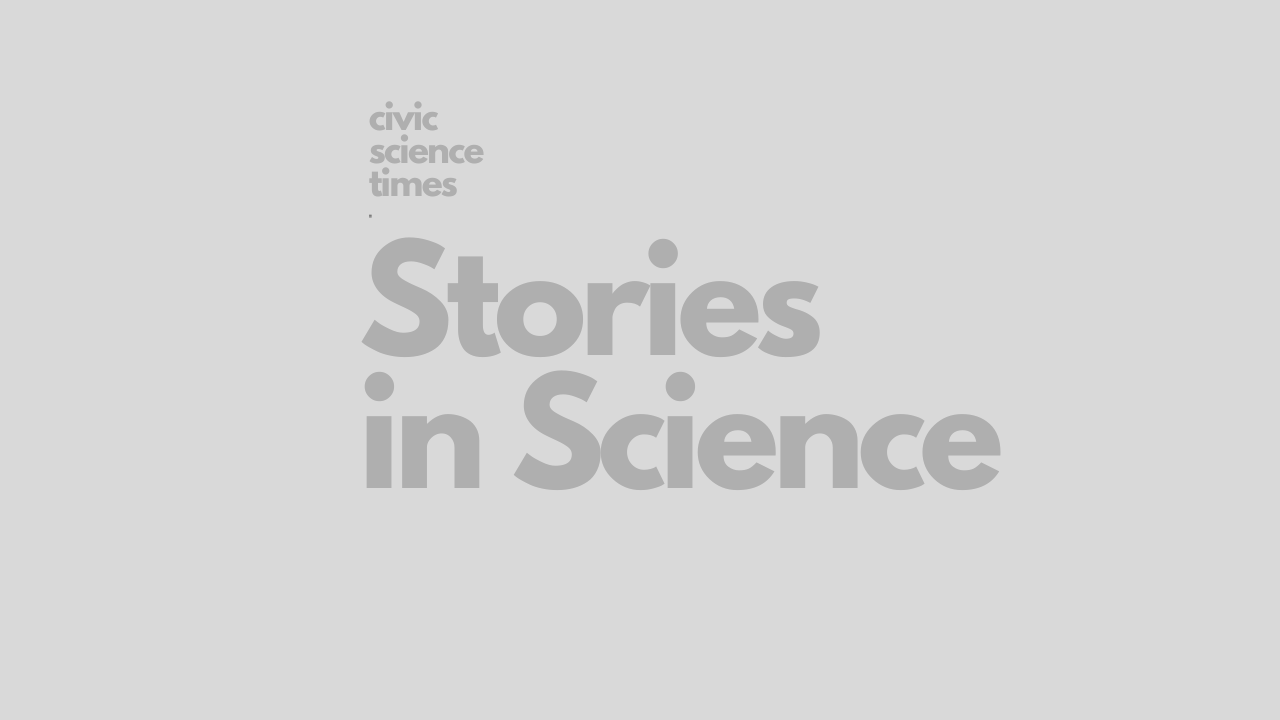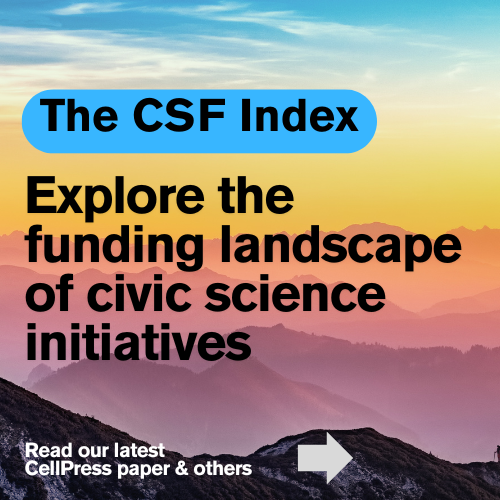CSO - Stories in Science
The Journey Never Ends
Heather Metallides: I felt a great sense of pride that although I was told I couldn’t “do science,” I did it. Not only did I do it, but I did it well.

Heather Metallides
[su_boxbox title=”About”]Heather Metallides is the Director of Science and Health Education for the Waltham Public Schools. She completed her undergraduate studies at Northeastern University in Boston and her Master’s in Education at Cambridge College. She has three boys ages 16, 14 and 11. The cover image is by Johannes Plenio from Pixabay. [/su_boxbox]
[su_boxnote note_color=”#c8c8c8″]Key Story Points:
- Your path is never defined.
- You can always change what you want to be when you “grow up.”[/su_boxnote]
[dropcap]M[/dropcap]y path has been a bit nontraditional and has certainly taken twists and turns but I wouldn’t change a thing because it has helped shape me into the person that I am today. I realized early on that you are not stuck with one path in life and that path can have many detours, but you can always reinvent yourself, further your education, and pursue your passion.

Heather Metallides, M.Ed
Recently, my son asked me: “Mom, what was your dream job when you were my age?” My son is eleven years old and very curious about people and the world around him. I had to stop and think for a minute. Really think back to being eleven. I shared a story of our neighbor delivering her old high heels for my sisters and I to play with. I recall being so excited to wear the high heels that I quickly put them on so my sisters couldn’t use them. I pretended to be a teacher walking around in the high heels and teaching my “class” while using the chalkboard and old books in our basement. I got lost in an imaginary world but looking back, I suppose that was the first time I felt a passion for what I wanted to do in life.
I would soon abandon that imaginary world and try to figure out what I wanted to be when I “grew up” as I applied to colleges in my senior year. Unfortunately, the driver for my decision was centered around comments made to me by my high school chemistry teacher. She told me that I should never “do science” because “it’s going in one ear and out the other ear”. As much as I tried to not let this teacher and her words affect me, it actually shaped a major life decision. Instead of applying to schools for nursing or medicine – two areas I thought I wanted to pursue – I avoided those areas and applied for Health Policy and Management at Providence College. I got in with early acceptance and thought I was happy.
I was back to square one. Many feelings hit me that year; anger that I let someone define my path; sadness that she was my teacher and …
While taking classes at Providence, I quickly realized that this major was not for me and that I really wanted a science degree that would lead me to the medical field. This was a very difficult decision at eighteen years old because now I was visiting schools and applying to schools again. I was back to square one. Many feelings hit me that year; anger that I let someone define my path; sadness that she was my teacher and didn’t support me; and scared that if I changed my major I wouldn’t succeed. Despite all of those feelings and emotions, I bravely made the switch from a college with four thousand students to a university with over thirteen thousand students. Ultimately, I pursued my love for science and health as a Cardiopulmonary Science major and Respiratory Therapy minor at Northeastern University in Boston. I graduated with honors and obtained one of the top jobs in Boston at a teaching hospital. I felt a great sense of pride that although I was told I couldn’t “do science,” I did it. Not only did I do it, but I did it well.
In my new role, I was expected to be a preceptor to Northeastern students in their quest to become Respiratory Therapists. In addition, we were expected to support in-service training to medical students related to bronchoscopy procedures and mechanical ventilation. The interns and students would share with me that they finally understood what they were learning in school while training with me. It was then that I realized, I was meant to be a teacher.
What I knew at eleven years old and had been abandoned for many years, came around full circle at twenty-four years old when I decided to get my Masters in Education and become a high school health and science teacher. This decision was not taken lightly. I spent five years on a journey to become a Respiratory Therapist at a top teaching hospital in Boston and here I was thinking of changing my career. I didn’t want to disappoint my parents that stood by me. I didn’t want to disappoint my professors that believed in me. However, I knew that teaching was my passion.
I continued to practice Respiratory Therapy per diem but my love and passion was in the classroom where I spent twelve years loving my job. I created curriculum and courses that blended my science, health and medical background to help students explore the human body systems, diseases and disorders that impacted those systems and the medical specialists involved in their care. I loved using my real-world experience as a Respiratory Therapist and bringing that experience into the classroom to help students understand science and health and inspire them to be a science or health professional. In fact, many of my students went on to be nurses, doctors, physical therapists, occupational therapists, physician assistants, dentists, radiology technicians and more. It was one of the most rewarding careers I have ever had and yet, I still felt a need to push myself further and reinvent myself.
After twelve years in the classroom, I was promoted to the position of Director of Health and Science for grades 6-12 in the district that I dedicated myself to. I am not going to lie; my heart broke a little when I left room 316. However, I quickly realized that even though I was not directly working with students, I was getting to support teachers so that they could support their students and that felt great. It is through this role that I have been able to blend my science education, my medical field experience and my love for health and wellness into one role.
I have been able to collaborate with Brandeis University and the Materials Research Science and Engineering Centers (MRSEC). Through this collaboration, we have developed an annual teacher professional development day where my science and health teachers are paired with a scientist to visit their lab, collaborate on a lesson plan and ultimately, the scientists visit their classrooms throughout the school year to deliver hands on authentic science lessons to our students. Through our Brandeis Partnership, we also host monthly Science Pizza Talks. Scientists from diverse backgrounds speak to our students about their “science story” to inspire our youth and break down the walls of what a stereotypical scientist is.
In addition to my partnership with Brandeis, I have a longstanding partnership with Boston College’s Innovation in Urban Science Education lab. They too have provided professional development to my science team, and grant funding to run Robotics Camps, STEM Camps, Hydroponics camps, after school STEM programs, project-based learning units that have students designing smart and sustainable greenhouses and lunch coolers using the Lemelson-MIT JV Inven team curriculum.
Through my health and wellness role, I have been able to create a comprehensive health and wellness curriculum for middle school and high school, run an annual Children’s Hospital Blood drive, organize a Teens on Tanning awareness campaign, host a Melanoma Foundation 5K and partner with over thirty health and wellness organizations that come to Waltham High School for our annual Health and Wellness Fair. This fair brings relevant, valid and reliable health and wellness information and opportunities to our students and staff in a safe, fun and supportive environment. Through these experiences many of our students are inspired to help others with their health and wellness by becoming medical professionals who ultimately also study science.
I have the privilege of working with the most talented secondary science and health teachers who inspire me each day. I also have the privilege of growing programs to support and inspire our youth to become young scientists, medical professionals, and allied health professionals. When I share my story of the chemistry teacher that was a detour in my journey, it always ends with reminding people that your path is never defined and that you can always change what you want to be when you “grow up” despite detours, challenges and obstacles. Education is where the future is and I am so happy to be a part of it.
Metrics
Sessions
Total number of Sessions. A session is the period time a user is actively engaged with the page.
Visitors
Users that have had at least one session within the selected date range. Includes both new and returning users.
Page views
Pageviews is the total number of time the article was viewed. Repeated views are counted.
The CS Media Lab is a Boston-anchored civic science news collective with local, national and global coverage on TV, digital print, and radio through CivicSciTV, CivicSciTimes, and CivicSciRadio. Programs include Questions of the Day, Changemakers, QuickTake, Consider This Next, Stories in Science, Sai Resident Collective and more.

-
Civic Science Observer1 month ago
What are the objectives of the Neurotech Justice Accelerator at Mass General Brigham?
-
Civic Science Observer2 weeks ago
Meet the New Hampshire organization changing the way we see insects
-
Civic Science Observer3 weeks ago
Dear Colleagues: Help us understand the national impacts of federal science funding cuts on early career researchers in academic laboratories
-
Civic Science Observer2 months ago
Some of the key takeaways from the 2024 Communicating Discovery Science Symposium in South Africa






















